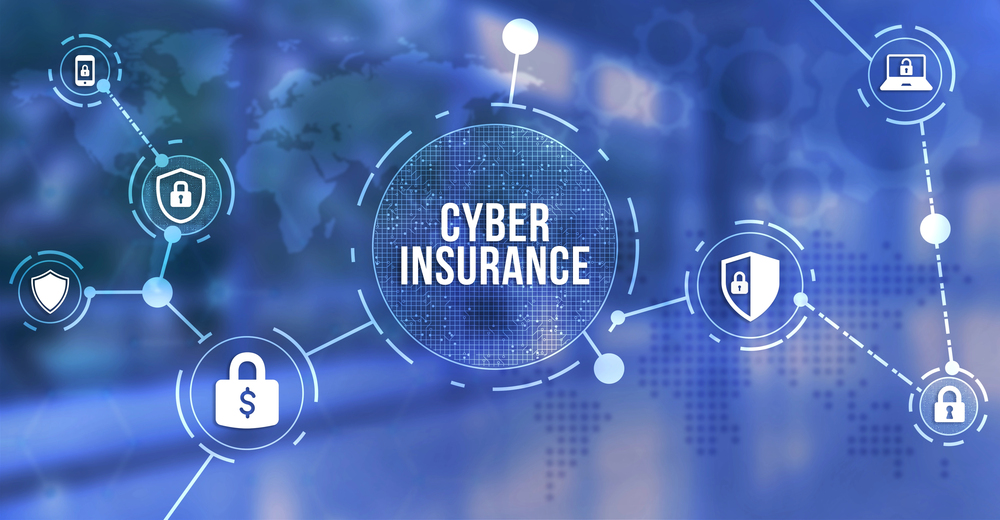What Does Cybersecurity Safety Mean?
Cybersecurity safety refers to the practices, tools, and behaviors that help protect your personal data, devices, and online activity from digital threats. While cybersecurity is a broad field involving technical defenses like firewalls and encryption, cybersecurity safety focuses on the human side—helping people make smart choices that keep them safe online.
In simple terms, it’s about being aware, cautious, and proactive when using digital technology.
Why Cybersecurity Safety Is Important
The internet is essential for communication, banking, learning, shopping, and working—but it also comes with risks. Every day, people fall victim to phishing scams, malware attacks, identity theft, and data breaches.
Cybersecurity safety helps you:
- Protect your personal and financial information
- Avoid falling for scams or clicking dangerous links
- Use devices securely, especially on shared or public networks
- Prevent hackers from accessing your accounts or systems
Whether you’re browsing at home or working remotely, being cyber-safe is just as important as locking your front door.

Common Threats to Cybersecurity Safety
Here are some of the most frequent threats that compromise cybersecurity safety:
- Phishing Emails – Tricking users into revealing passwords or financial info
- Malware – Harmful software that steals data or damages devices
- Weak Passwords – Easy-to-guess passwords make accounts vulnerable
- Public Wi-Fi Risks – Hackers can intercept data on unsecured networks
- Social Engineering – Manipulating people to gain access to systems
Cybercriminals often rely on human error, which is why awareness is key.
Best Practices for Staying Safe Online
Staying cyber-safe doesn’t require deep tech knowledge. These simple steps can significantly reduce your risk:
- 🔐 Use strong, unique passwords for every account
- ✅ Enable two-factor authentication (2FA) wherever possible
- 🔄 Update your software regularly to patch vulnerabilities
- 📧 Be cautious of suspicious emails or links
- 🔍 Install trusted antivirus and anti-malware software
- 🌐 Avoid entering personal info on public Wi-Fi unless using a VPN
Making these part of your routine creates a strong line of defense.
Cybersecurity Safety for Different Users
Cyber threats affect everyone, but safety strategies can vary:
- Individuals & Families: Teach kids about online safety, use parental controls, and secure home Wi-Fi.
- Students: Avoid downloading files from unknown sources and protect login credentials for school platforms.
- Small Business Owners: Train employees on email safety, secure business data, and back up systems regularly.
For Canadian businesses seeking professional cybersecurity services or IT strategy, Claritech provides expert support to build a safer digital environment—whether you’re securing a team of two or two hundred.

Cybersecurity Tools That Can Help
You don’t need to fight threats alone—here are tools that support cybersecurity safety:
- Password Managers: Store strong, complex passwords securely
- Antivirus Software: Detects and blocks malware and ransomware
- Firewalls: Monitor network traffic to block unauthorized access
- VPNs: Encrypt your connection on public Wi-Fi
- Browser Extensions: Block trackers and suspicious sites (e.g., HTTPS Everywhere, uBlock Origin)
Final Thoughts: Building a Cyber-Safe Lifestyle
Cybersecurity safety is not just about tools—it’s about habits. By learning the basics and making thoughtful decisions online, anyone can reduce their risk of cyberattacks.
Start with small changes: strengthen your passwords, verify email senders, keep your apps updated. Over time, those small actions build a strong layer of protection.
And if you’re not sure where to begin, consider working with a trusted IT security partner like Claritech to assess your vulnerabilities and create a customized cybersecurity plan.




